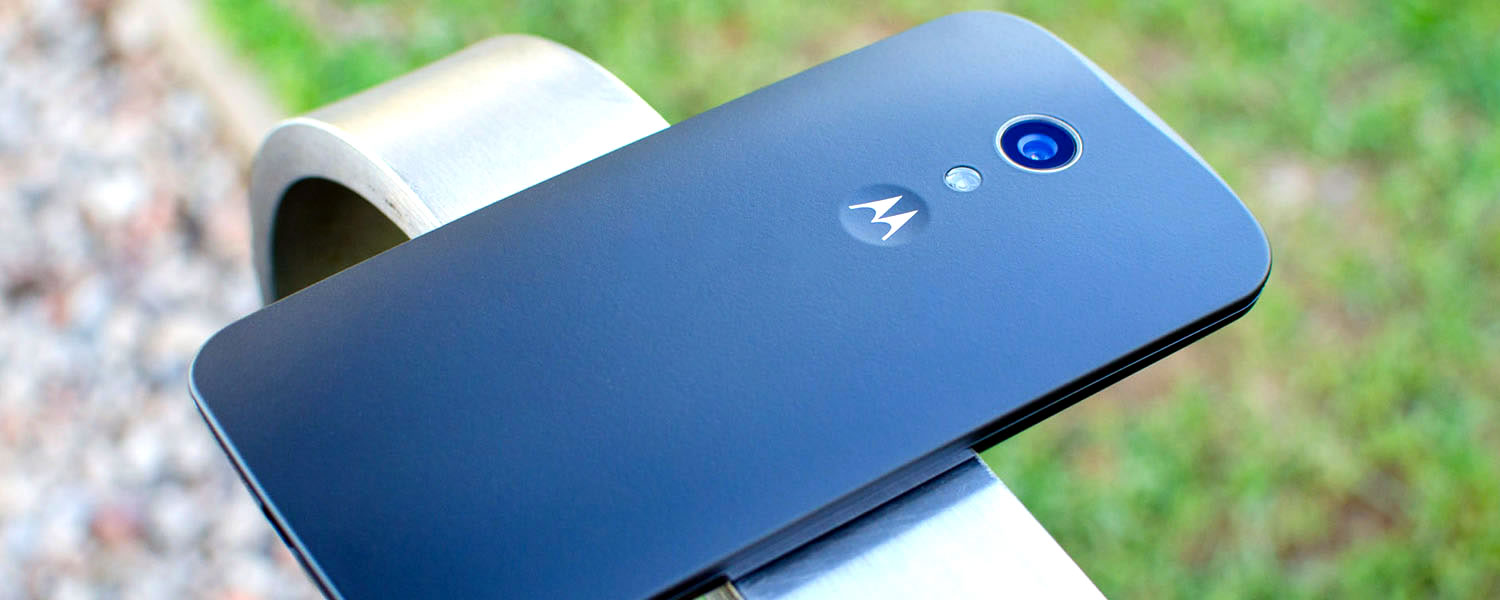Software, Battery Life
Since the takeover by Google, Motorola's handsets have all used stock Android, which is great if you are after the traditional, unaltered Android experience. The second-generation Moto G has Android 4.4.4 'KitKat' installed out of the box, with Motorola promising to upgrade the handset to Android L once Google officially releases it.
The Moto G's software offering is, for all intents and purposes, identical to the Moto E which I reviewed a month or so ago. This means that you get a vanilla Android experience across all applications, with very few (if any) additions to the software stack. Heading to either my Moto E review or my Google Nexus 5 review will reveal exactly what you're dealing with.

In terms of extra applications, Motorola has included Migrate, Alert and Assist, all of which I covered when discussing the Moto E. As a quick breakdown, Migrate helps you transition to the Moto G from a previous handset, Alert allows you to contact emergency contacts and plan meetings with ease, and Assist automates some phone features such as turning it to silent mode at night. It's definitely not as impressive as the touchless controls you get with Motorola's flagship Moto X, but the apps are still handy additions to the standard Android experience.
Battery Life
The Moto G includes a 7.87 Wh (2,070 mAh, 3.8 V) non-removable battery, which is identical in size to the 2013 model. As the new Moto G features a display which is 23% larger, and the internal hardware is largely the same, I was expecting a corresponding battery life decrease. The original Moto G was merely a mid-range performer in terms of battery performance, so it isn't looking like great news for the second-gen model.

In the first benchmark I ran on the Moto G, the device performed on the lower end of the chart. Most interestingly, the handset lasted only 5% shorter than the original model with its smaller display, indicating there have been some power efficiency gains in changing display hardware.

In our LTE benchmark (which is run on HSPA+ networks on the Moto G because it doesn't support LTE), the new Moto G performs significantly better than the old model. Considering the larger display and identical battery, this result is surprising, and I plan to verify it in the future. However, as each benchmark takes time, I didn't have time to do so before the review went live.

The Wi-Fi browsing benchmark delivered a much less surprising result, with the 2014 Moto G recording a similar score to the 2013 model. Despite the display size increase, Motorola appears to have improved the efficiency of the device, keeping it on par with the previous generation.

When gaming the new Moto G records a benchmark time 25% lower, which is just slightly more than I was expecting from a 23% larger display.

With both handsets packing identical battery capacities and SoCs, and likely the same power management hardware, it's not surprising to see both Moto Gs take the same time to charge. The Moto G comes with an 850 mA (4.25W) charger in the box, which provides a slower charging speed than the 10W charger I used for the benchmark above.
As for battery saving, the Moto G is loaded with Android's basic Battery Saver mode, which restricts background mobile data usage. It's probably best to grab a third-party app if you want a more comprehensive way to reduce battery drain.

